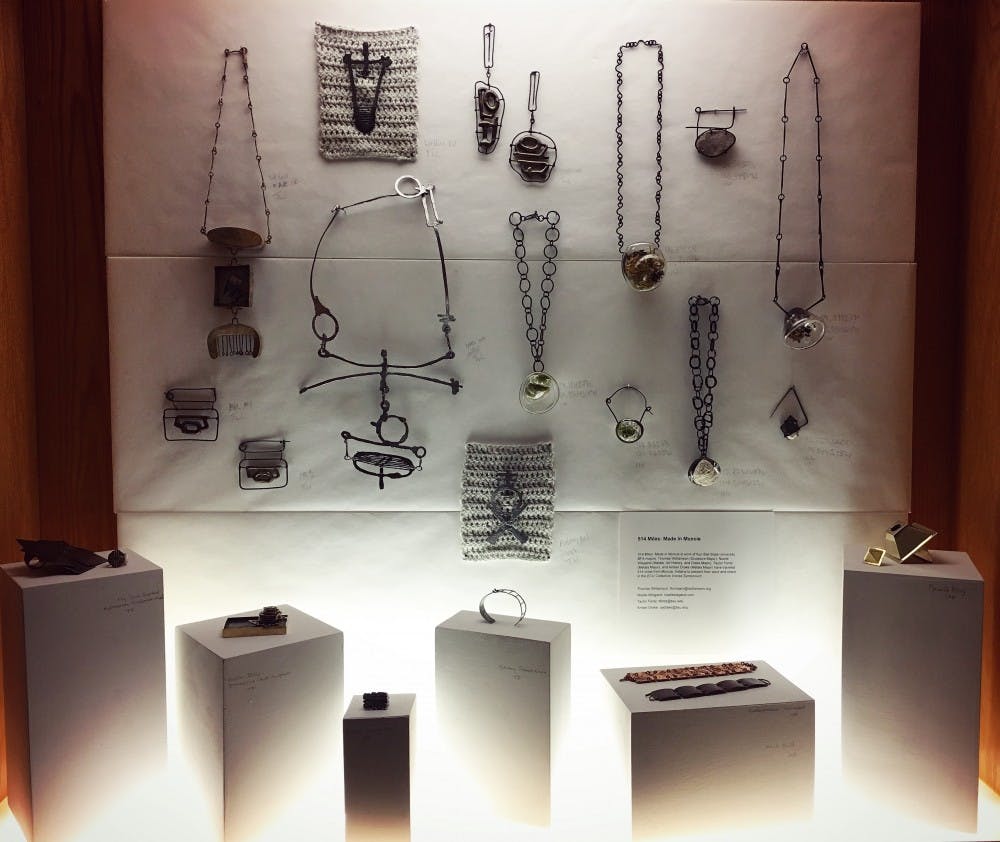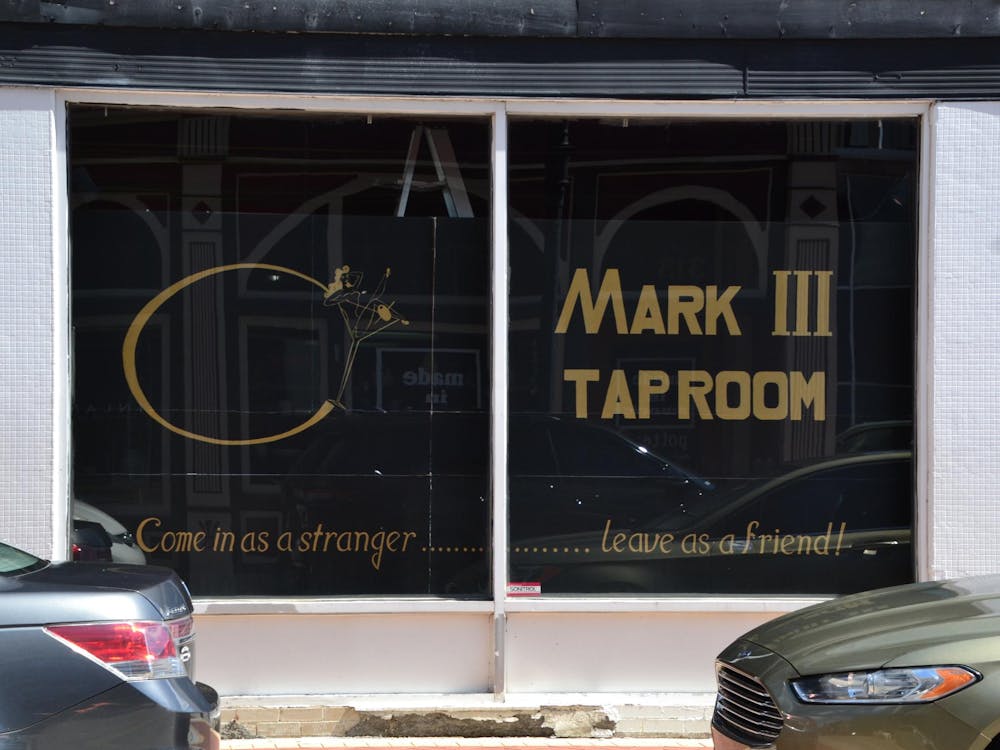To get involved with the Metals Guild, email Taylor Fentz at tfentz@bsu.edu or Noelle Wiegand at nswiegand@bsu.edu, or go to the metals shop in the Art and Journalism Building Room 123.
For students interested in 3-D art, there are three guilds on campus — the Metals Guild, the Glass Guild and the Ceramic Guild.
The Metals Guild participates in crafting items of various sizes and structures out of metal just for fun, or for a class. It is a way to bring the art students on campus to work together on projects and even take field trips. Every year, the guild brings in an artist and hold sales to raise money for its department.
A grant provided by Ball State provided a crafting guild on campus the opportunity to visit a symposium and meet professional artists in North Carolina.
“It is a really wonderful experience as a group because you get to meet students just like us, professors and the big guys” said Noelle Wiegand, vice president of the Metals Guild.
The symposium, which the group traveled to last week, was held at East Carolina University, one of the largest schools of art and design in the Southwest. It provided guild members the opportunity to meet other students from around the country and speak with professionals, such as the individual who wrote one of the textbooks required for the majors.
“When I saw that Tim Mcreight was there I was like, ‘oh my god, that’s my guy. He wrote our book,'" said Taylor Fentz, the group's president.
Not only were students able to network, but they also attended lectures where they learned new skills and even got to communicate with professionals about their work.
The learning experience continued as the group had the chance to showcase their works and get feedback from other schools. The feedback was mostly positive and even attracted some students to Ball State and its program for metals artists.
“I think we represented Ball State really nicely. People were asking if we had a graduate program," Wiegand said.
For Fentz, the experience of being a metals major means living in the studio — a fact she shares with all new members and those entering the major.
Wiegand believes the metal smithing community is very down-to-earth, and more than willing to communicate with other artists about their works.
“It is not something you find with every medium. Sometimes you go up to an artist and ask them how they did something and it’s like a big secret.” Wiegand said.
Members of the group come and go in the studio, so a set meeting time does not exist. Meetings usually consist of conversations about the next sale or events the group will be attending.
The group is always finding ways to work together to learn new things and speak with professionals whether on trips or having a speaker come to Ball State.
The only requirements for joining the Metals Guild is being dedicated to the craft and having taken the introduction to metals course. Being a metals art major is not required.





